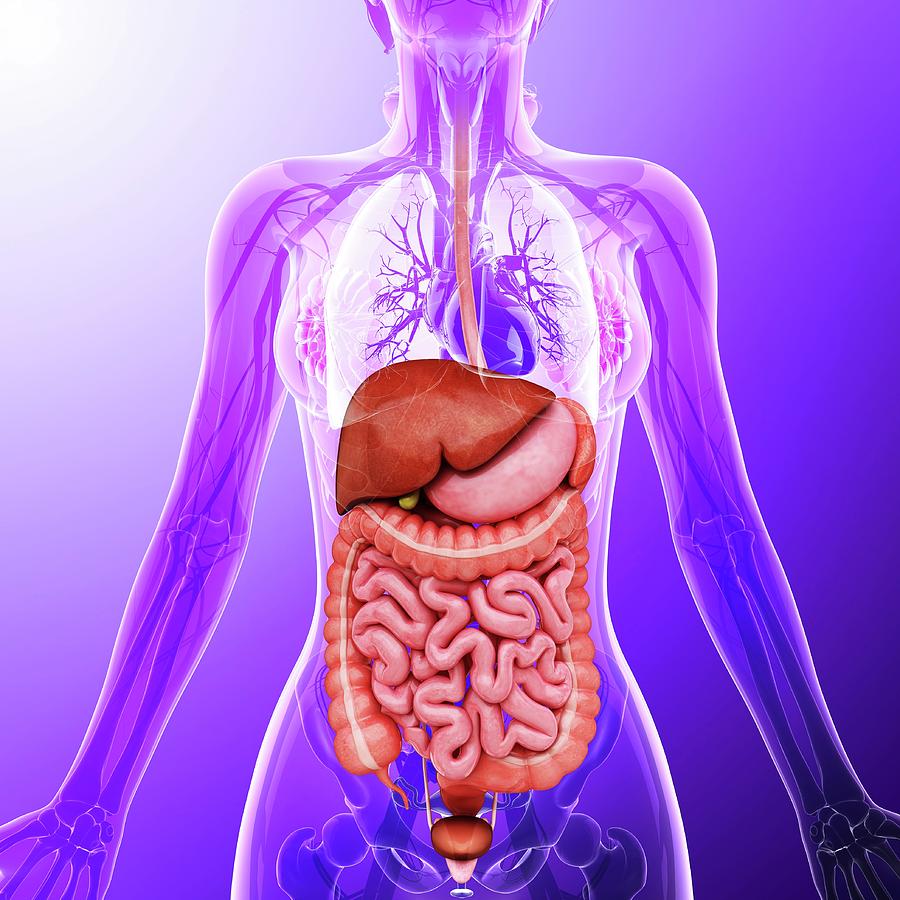
Human Internal Organs Diagram Labeled Organs Labeled Science Orgins
The left foot contains reflex points of all organs located on the left side of your body and similar to the right foot. On the soles of every foot, there are generally four reflexology points. In all five toes, there are different points corresponding to the eyes, ears, and sinuses. The chest points are found around the foot's ball.
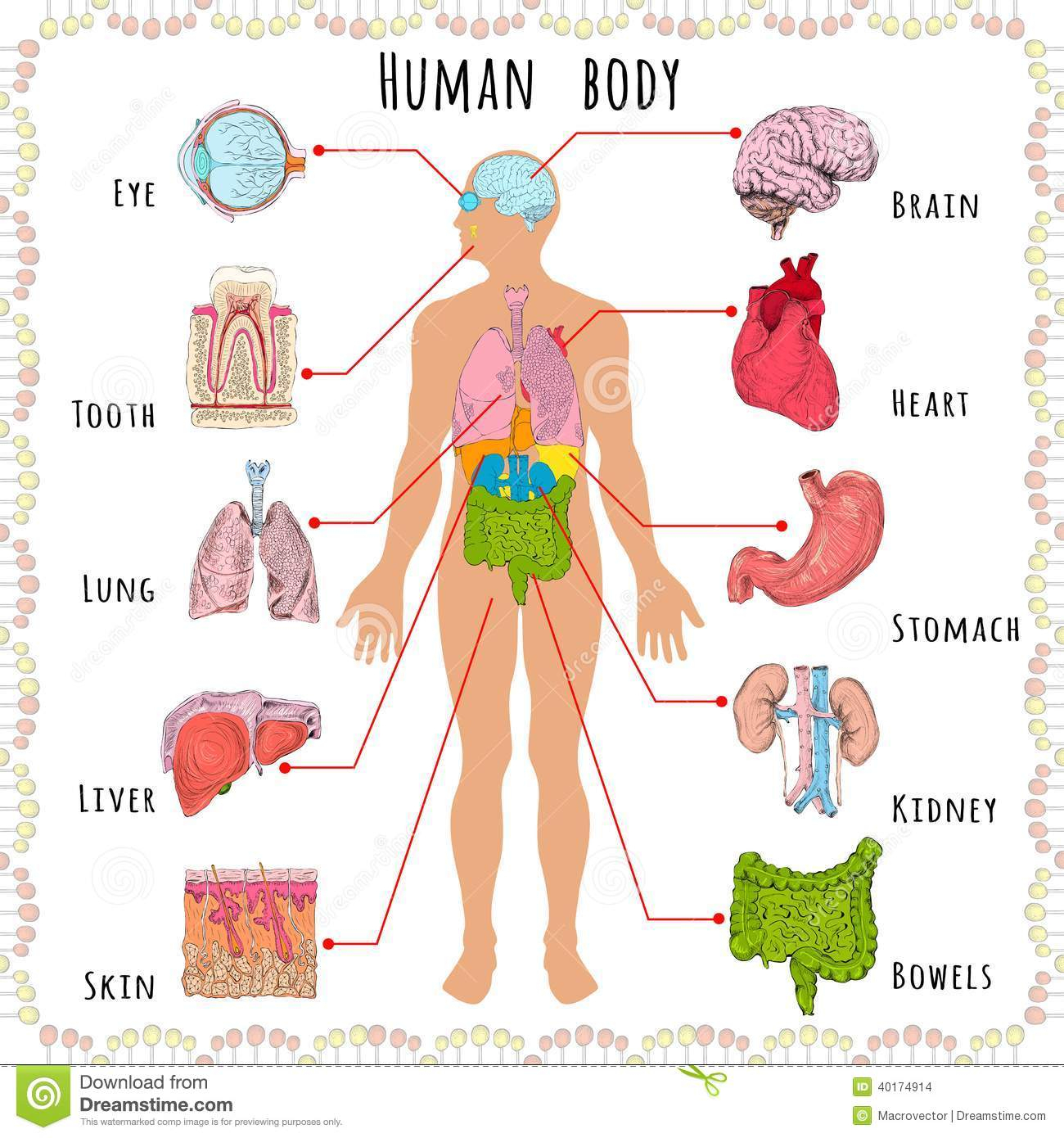
[DIAGRAM] Foot Major Organs Diagram
Reflexology is a form of massage with roots that go back to ancient Chinese medicine. The technique used relies upon a map of the feet, which identifies pressure points that supposedly correspond to certain organs and muscles in the body and can even be used to stimulate the endocrine and nervous system. In other words, reflexology is basically.

Human organsfoot stock photo. Image of field, insides 10436752
A foot reflexology chart will show you the different points to press to affect specific organs or body parts. FYI: Foot reflexology charts don't always look the same. Some are more detailed than.

Diagram Of Human Internal Orgins Human Body System And Their Function
Foot reflexology chart. A foot reflexology chart shows the acupressure points on the feet soles and their link to organs. . Foot reflexology chart in different styles, that illustrate the acupressure points /reflex zones on the feet soles and their link to organs.

Human Body Organs, Human Body Systems, Elementary Learning, Teaching
Reflexology Foot Chart Variety. As we have discussed, one reflexology foot chart may differ slightly from another - there are numerous versions of reflexology foot maps out there. They will all have organs and body parts in similar places, but some may be more detailed than others including a greater number of regions.
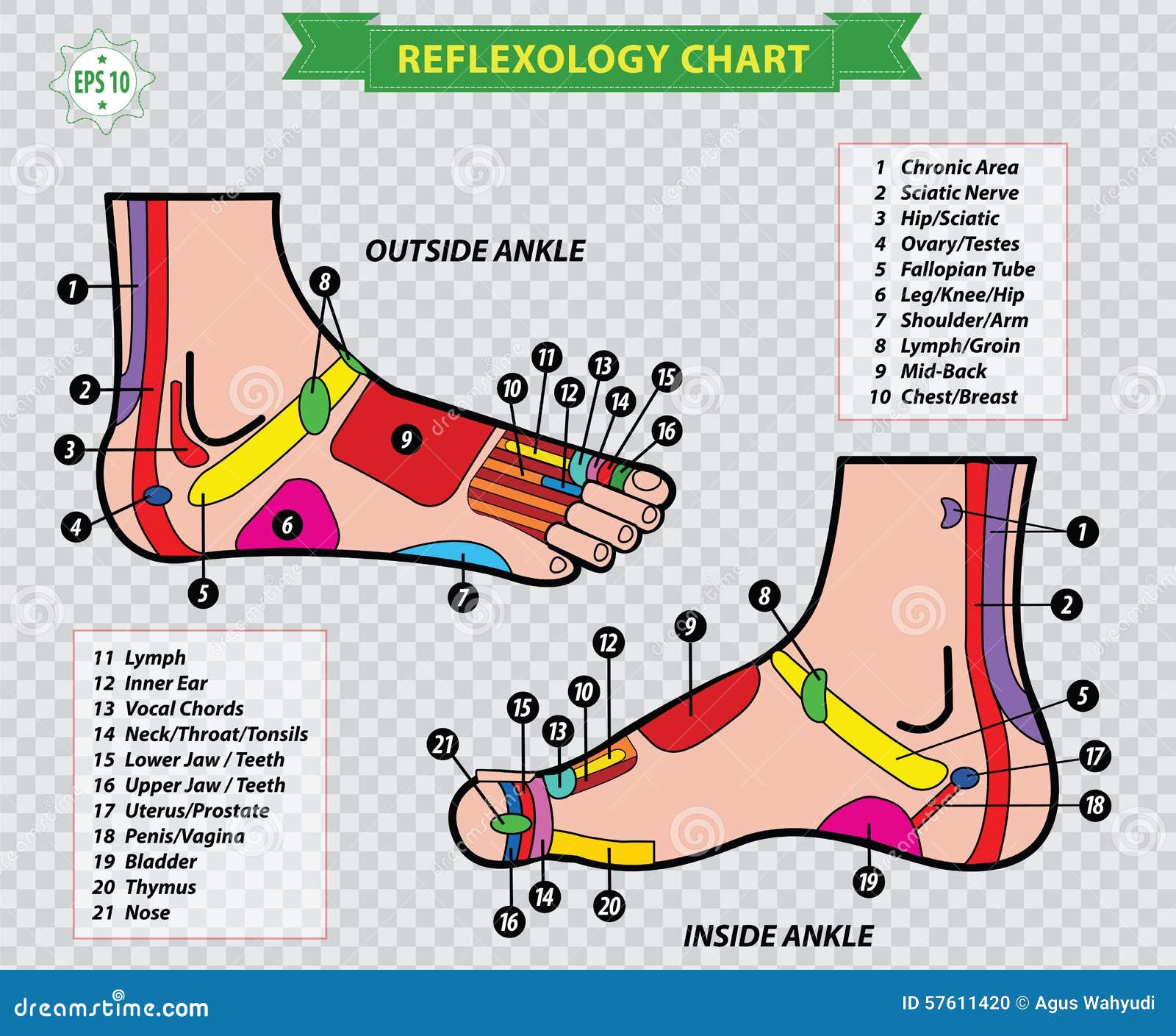
Foot reflexology chart stock illustration. Illustration of pedicurist
A foot reflexology chart can transform how you massage your feet.. "The left foot will stimulate the left side of the body and all its organs, and the right foot will do the same for the right.

Foot Reflexology Chart Accurate Description Corresponding Stock Vector
Familiarize yourself with the basic foot reflexology chart. Starting out, learn about the basic areas on a foot reflexology chart. This outlines the major organs locations on the foot. The right foot is associated with the right part of the body and left foot is associated with the left side of the body.
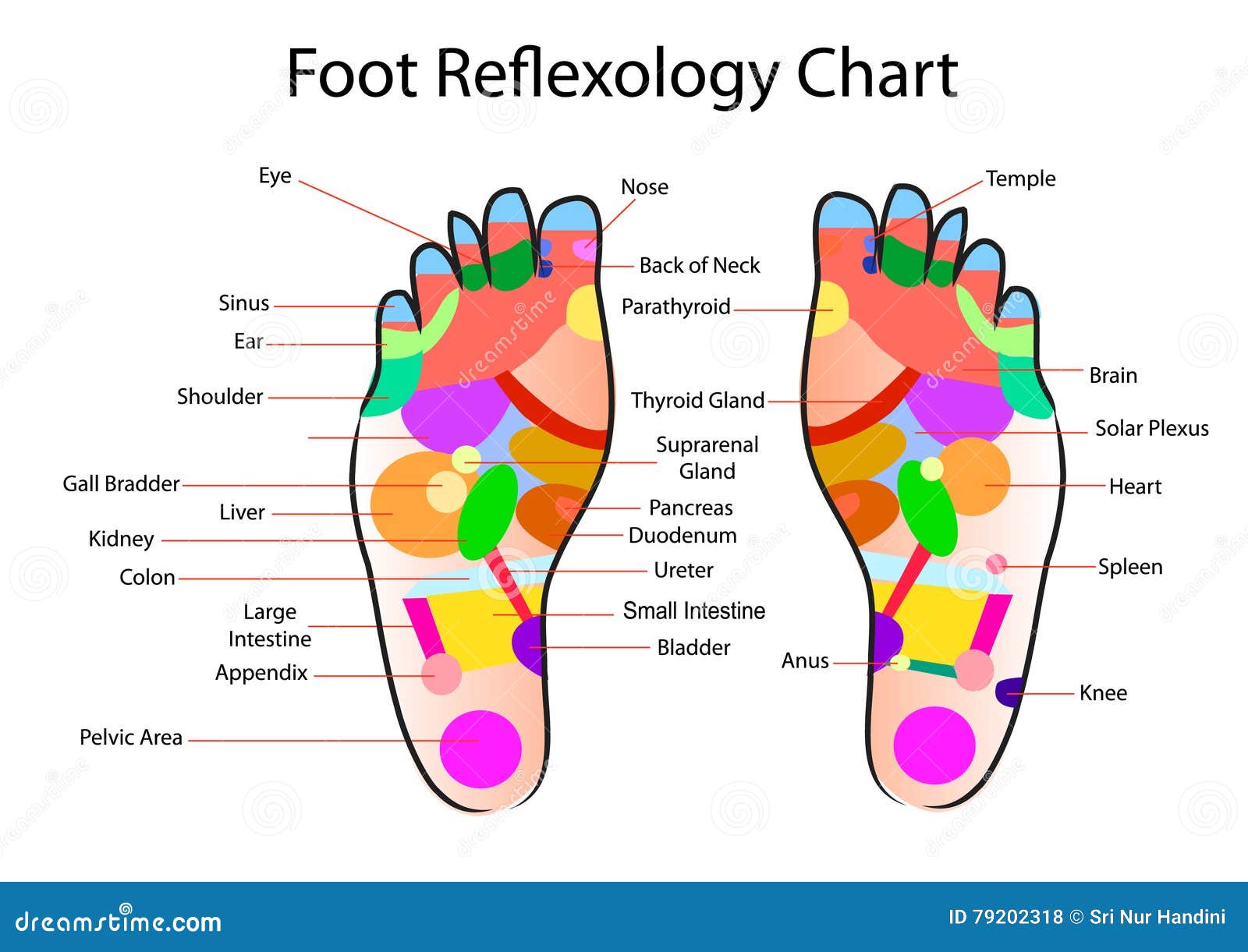
Foot reflexology chart stock vector. Illustration of accurate 79202318
Common causes of foot pain include plantar fasciitis, bunions, flat feet, heel spurs, mallet toe, metatarsalgia, claw toe, and Morton's neuroma. If your feet hurt, there are effective ways to ease the pain. Some conditions specific to the foot can cause pain, less movement, or instability. Verywell / Alexandra Gordon.
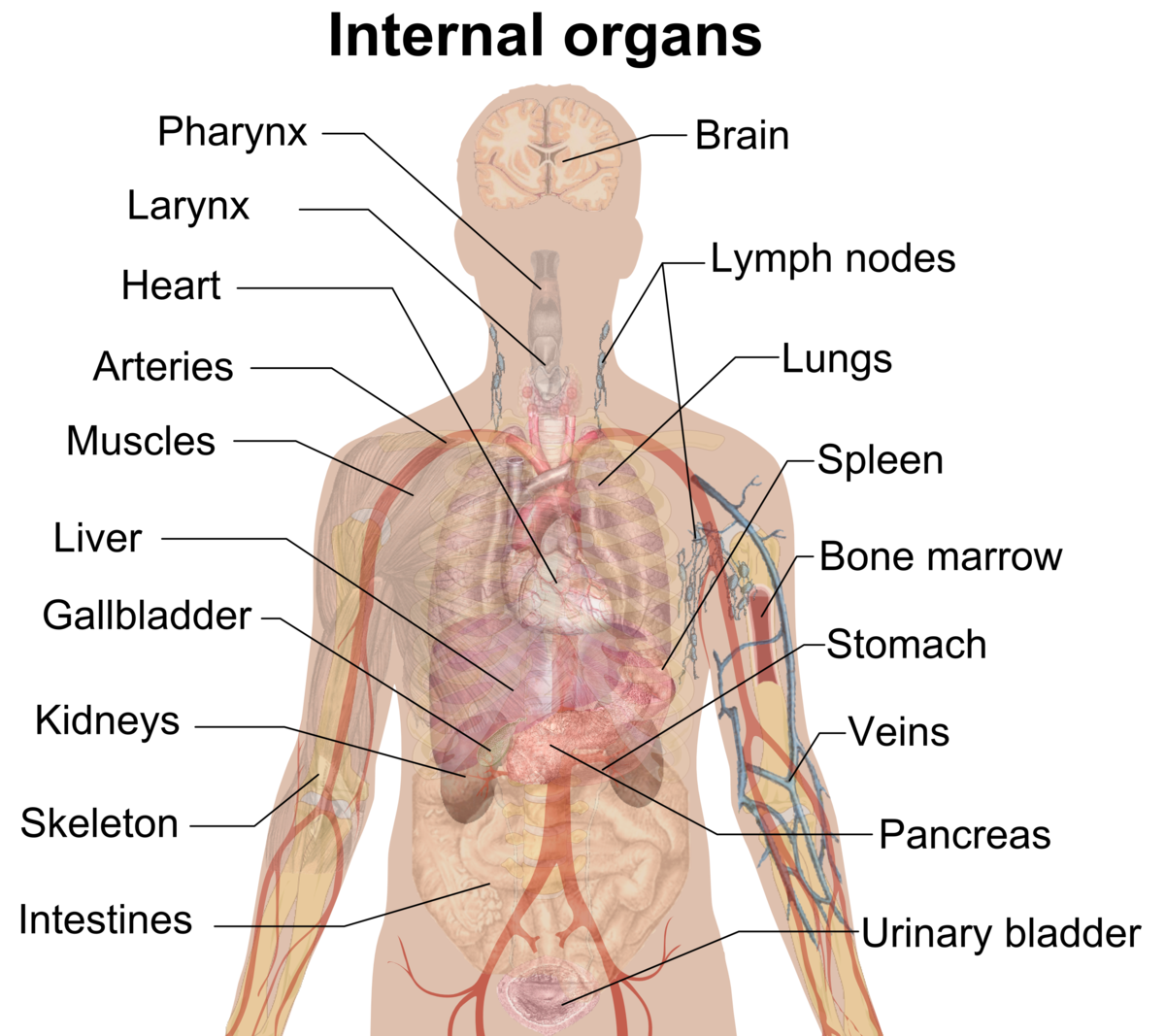
Organ (biology) Wikipedia
Step One: Access the Foot Reflexology Chart. Download the Foot Reflexology Chart through our provided link or our platform. You can also find it in our resources library. Step Two: Understand Reflexology Points. Use the chart to understand the various reflexology points on the feet and their corresponding organs and body parts.

Pin by 소희 정 on 아나토미 Human body vocabulary, Human body organs, Human
This is achieved by applying pressure to certain points on the feet. "Relaxation is probably the biggest benefit [of foot reflexology]," says Martinez. "Reflexology helps by increasing blood.
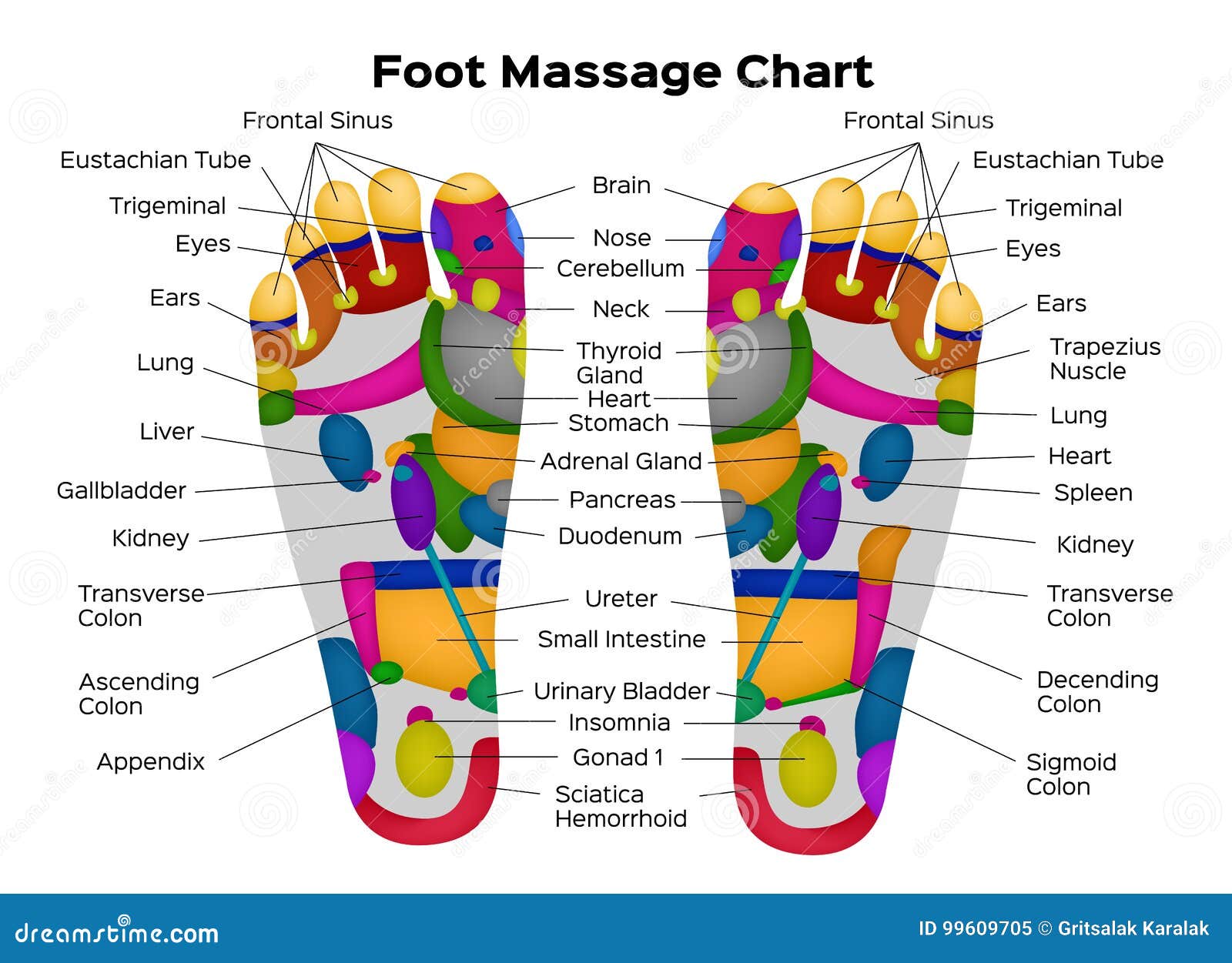
Foot Reflexology Chart with Description of the Internal Organs and Body
Reflexology (or foot reflexology) is a therapy based on the principle that there are small and specific areas of innervation in the hands and feet that correspond to specific muscle groups or organs of the body. In this system, the nerve endings in the extremities provide a "map" of the rest of the body. Examples are the base of the little.

As 25 melhores ideias de Anatomy organs no Pinterest
The anatomy of the foot. The foot contains a lot of moving parts - 26 bones, 33 joints and over 100 ligaments. The foot is divided into three sections - the forefoot, the midfoot and the hindfoot. The forefoot. This consists of five long bones (metatarsal bones) and five shorter bones that form the base of the toes (phalanges).
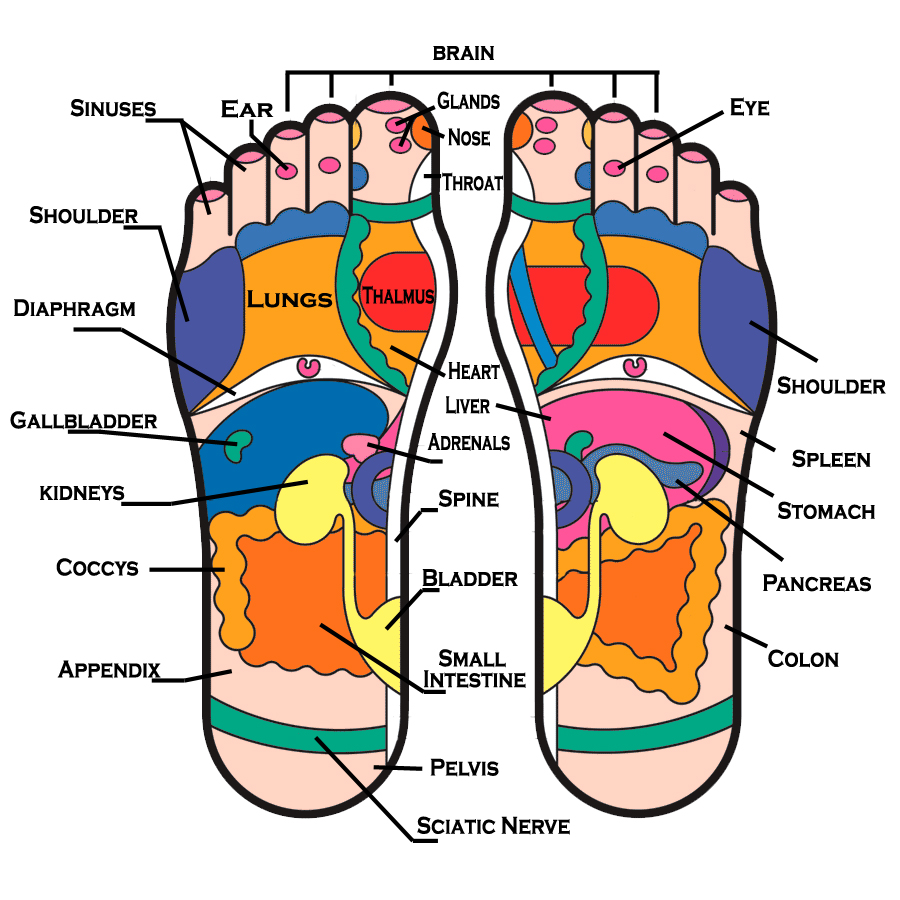
Reflexology
Let's take a look at this foot reflexology chart. Image source. Each zone of the foot massage chart corresponds to a specific organ. The right foot corresponds to the right side of the body and the left to the left. The pads of the four nail phalanges of the toes (except for the pads of the thumbs) are associated with the frontal and.

human anatomy back organ
Advocates of foot reflexology believe that specific points on the feet mirror the organs and bodily systems and that stimulating them promotes good health and helps keep the body balanced.

Notes on Anatomy and Physiology Using Imagery to Relax the Weight
Familiarize yourself with the basic foot reflexology chart. Starting out, learn about the basic areas on a foot reflexology chart. This outlines the major organs locations on the foot. The right foot is associated with the right part of the body and left foot is associated with the left side of the body.
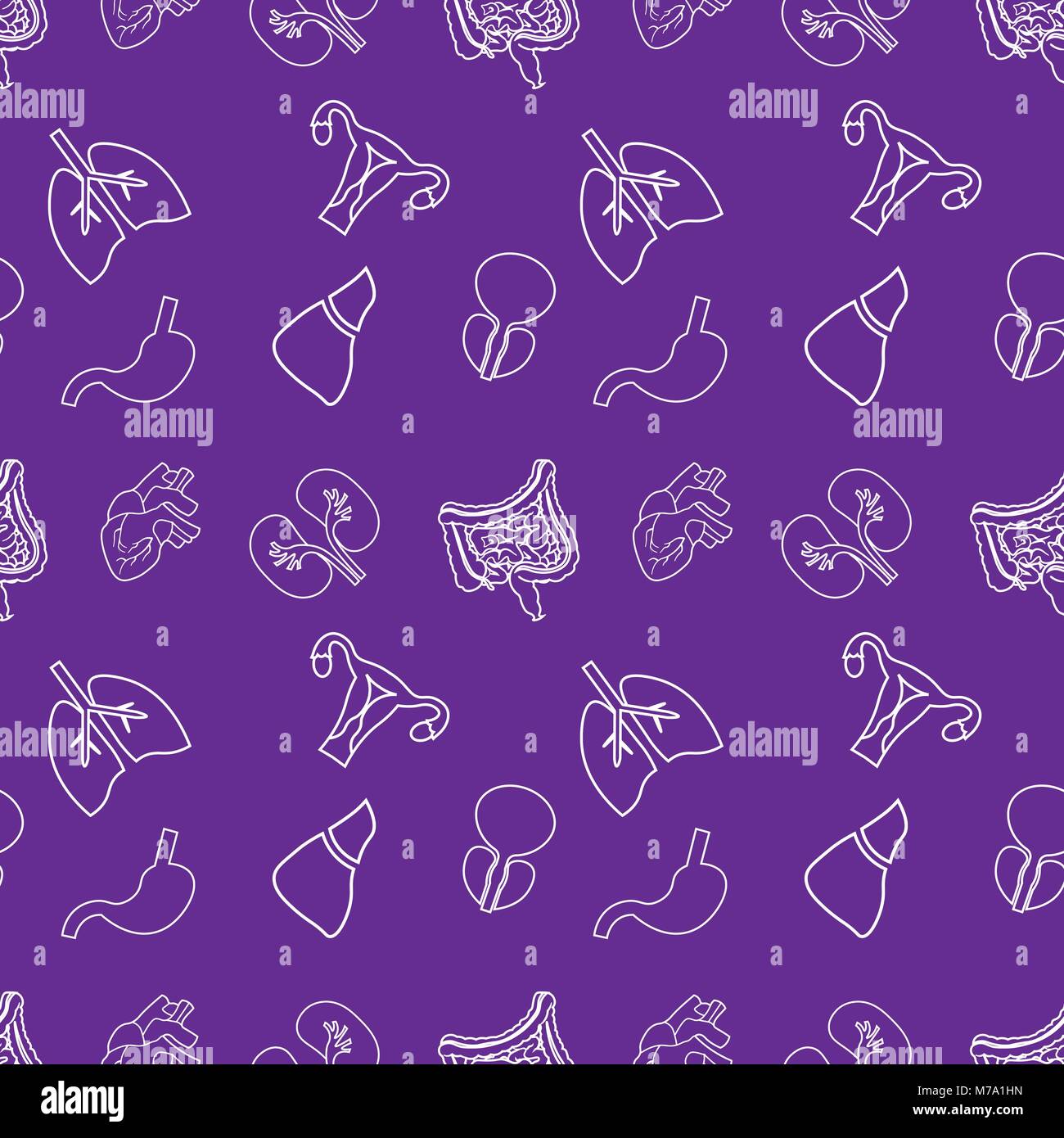
human organs seamless pattern. Pattern on the medical theme of the
Foot Reflexology Sole Chart. The foot reflexology sole map is comparatively really easy to understand and learn. It mentions the body organs exactly the way they are inside the body. It covers your eyes, ears, lungs, heart, stomach, solar plexus, spleen, teeth, top of the head, pancreas and your entire legs.